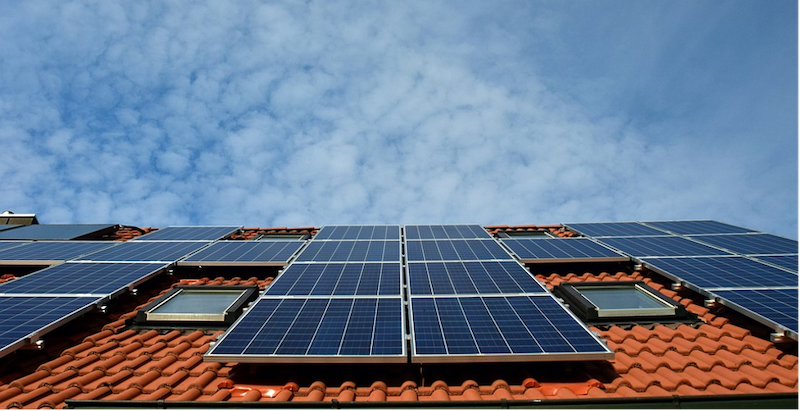Solar energy has emerged as a clean, renewable, and abundant source of power, revolutionizing the way we generate electricity. As the demand for sustainable energy grows, efficient solar solutions play a crucial role in maximizing energy production and minimizing environmental impact. In this article, we will explore some of the most efficient solar energy solutions available today, from advanced photovoltaic technologies to innovative solar thermal systems, highlighting their benefits and contributions to a greener future.
High-Efficiency Photovoltaic (PV) Panels
Photovoltaic panels are at the forefront of solar energy solutions. These panels utilize advanced semiconductor materials, such as monocrystalline or polycrystalline silicon, to convert sunlight directly into electricity. With increased efficiency, these panels can convert a higher percentage of sunlight into usable energy, maximizing electricity production per square meter. High-efficiency PV panels are ideal for rooftops, solar farms, and large-scale solar installations, offering a cost-effective and sustainable solution for meeting energy demands.
Thin-Film Solar Cells
These cells use a thin layer of semiconductor material, such as cadmium telluride (CdTe) or copper indium gallium selenide (CIGS), deposited onto a flexible or rigid substrate. Thin-film solar cells offer advantages in terms of manufacturing cost and versatility, as they can be integrated into various applications, including building-integrated photovoltaics (BIPV), portable devices, and solar-powered vehicles. While their efficiency is slightly lower than traditional PV panels, ongoing research and technological advancements continue to improve their performance
Concentrated Solar Power (CSP) Systems
CSP systems utilize mirrors or lenses to concentrate sunlight onto a receiver, generating high-temperature heat. This heat is then used to produce steam, which drives a turbine connected to an electrical generator. Concentrated Solar Power systems are particularly efficient in areas with abundant sunlight and can provide reliable, dispatchable power even during cloudy conditions or after sunset. With thermal storage capabilities, CSP systems can store excess heat and provide electricity on-demand, making them a valuable solution for large-scale power generation.
Solar Tracking Systems
Solar tracking systems enhance the efficiency of solar energy solutions by dynamically orienting PV panels or CSP mirrors to face the sun at all times. These systems optimize the capture of sunlight by ensuring that solar panels or mirrors are always at the optimal angle to receive maximum solar irradiation. Single-axis and dual-axis solar tracking systems are commonly used, with dual-axis systems offering higher efficiency at the cost of increased complexity. Solar tracking systems can significantly increase energy production, making them ideal for large-scale solar installations and maximizing the output of limited space.
Integration of Energy Storage
Efficient solar energy solutions are increasingly being integrated with energy storage systems, such as lithium-ion batteries. Energy storage allows for the capture and storage of excess solar energy during periods of high production, which can then be used during times of low or no sunlight. This integration enhances grid stability, promotes a higher penetration of renewable energy, and enables a reliable supply of electricity. The advancement of energy storage technologies is a crucial aspect of optimizing solar energy utilization and overcoming intermittency challenges.
Conclusion
Efficient solar energy solutions are transforming the renewable energy landscape, offering a sustainable and abundant source of electricity. From high-efficiency photovoltaic panels and thin-film solar cells to concentrated solar power systems and solar tracking technologies, these innovations are revolutionizing the way we harness the power of the sun. Integration with energy storage further enhances the reliability and flexibility of solar energy systems. As we continue to advance in solar technology, the widespread adoption of efficient solar energy solutions in Washington state will play a pivotal role in reducing carbon emissions, mitigating climate change, and paving the way towards a cleaner and more sustainable future.

